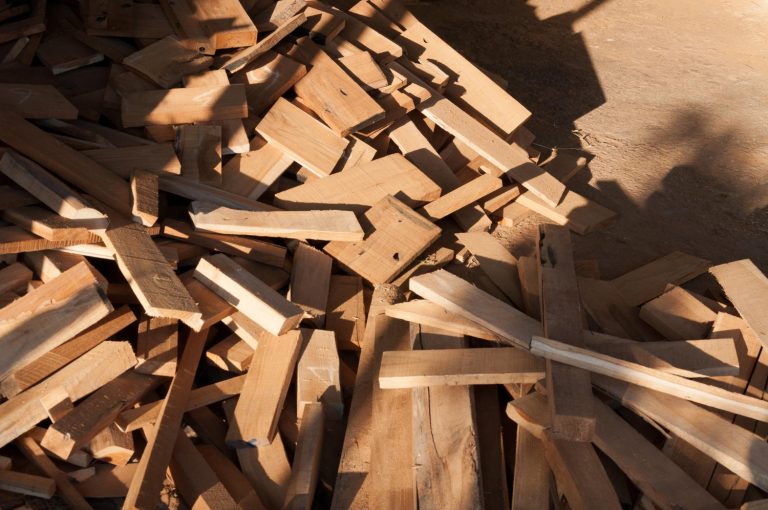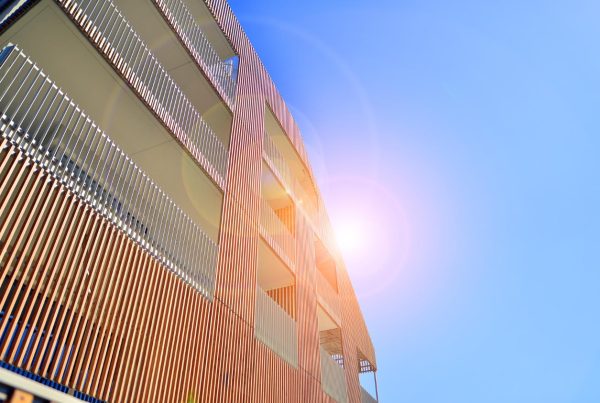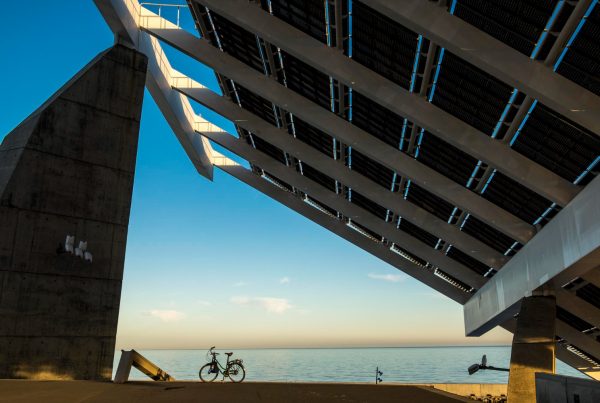
Address the challenges and solutions to maintaining the sustainability of wood through its life cycle in construction.
Wood’s ability to sequester carbon makes it attractive for sustainable construction. However, its long-term effectiveness depends on how well its life cycle is managed. Wood can only serve as an effective carbon bank if it remains intact and is protected from decay, burning, or other forms of degradation. While fire poses an unavoidable risk, many other end-of-life scenarios for wood can be managed to enhance its sustainability.
One significant challenge is the large amount of wood that ends up in landfills, where it decomposes and releases stored carbon back into the atmosphere. To mitigate this, the industry must adopt better practices for wood reclamation and recycling. Effective reclamation involves recovering usable wood from old buildings or construction sites and repurposing it for new projects. This not only conserves resources but also keeps carbon sequestered in the wood for a longer period.
Recycling wood waste into engineered wood or bioenergy products can further enhance its environmental benefits. These practices reduce the need for virgin timber and decrease the carbon footprint of producing new construction materials. Additionally, treatments that protect wood from pests and decay can extend the life of timber structures, maintaining their role as carbon stores.
Another critical aspect is ensuring the durability and maintenance of timber structures. Innovations such as cross-laminated timber (CLT) enhance strength and resilience, making wood a viable option for various construction applications. By integrating such advanced materials, the construction industry can maximise the longevity and sustainability of wood.
While wood’s carbon sequestration capacity offers significant environmental advantages, maintaining these benefits requires careful management throughout its life cycle. By focusing on reclamation, recycling, and protective treatments, the construction industry can ensure wood remains a sustainable and practical building material.
In the final part of our series, we will explore innovative practices in wood reclamation and recycling that promise to enhance its environmental benefits.
Article 1: Harnessing Carbon: Wood’s Role in Sustainable Construction
Article 3: Closing the Loop: Innovations in Wood Reclamation and Recycling














